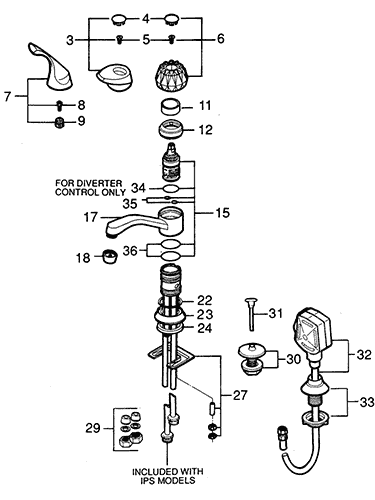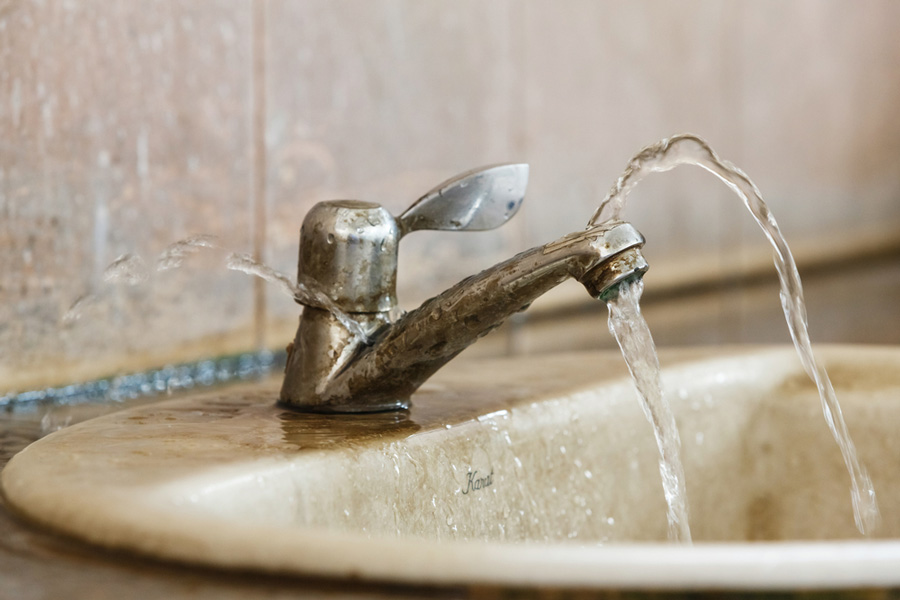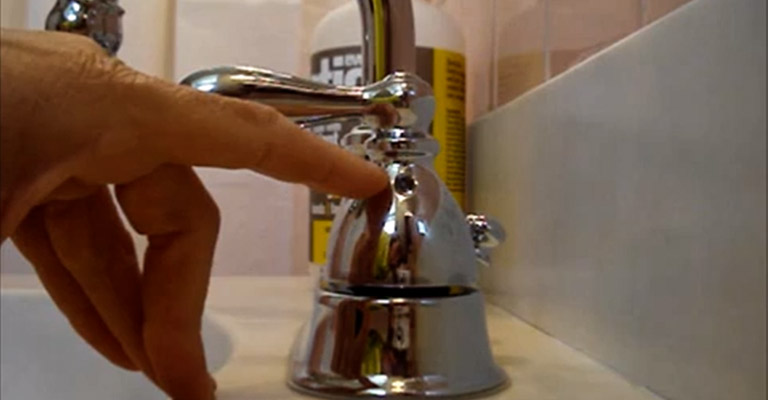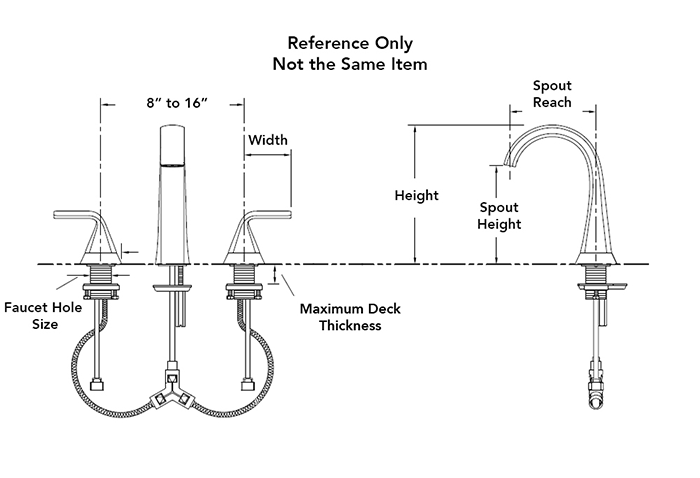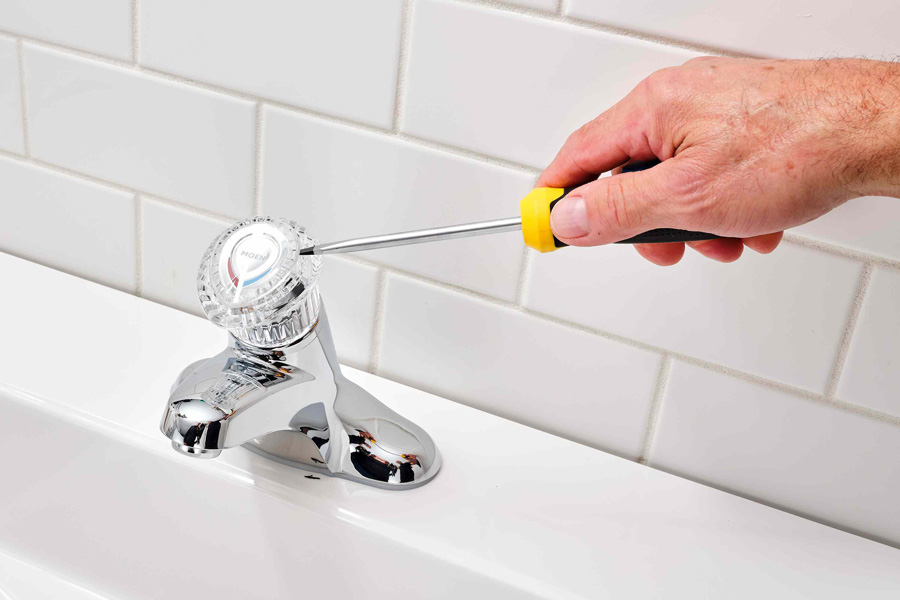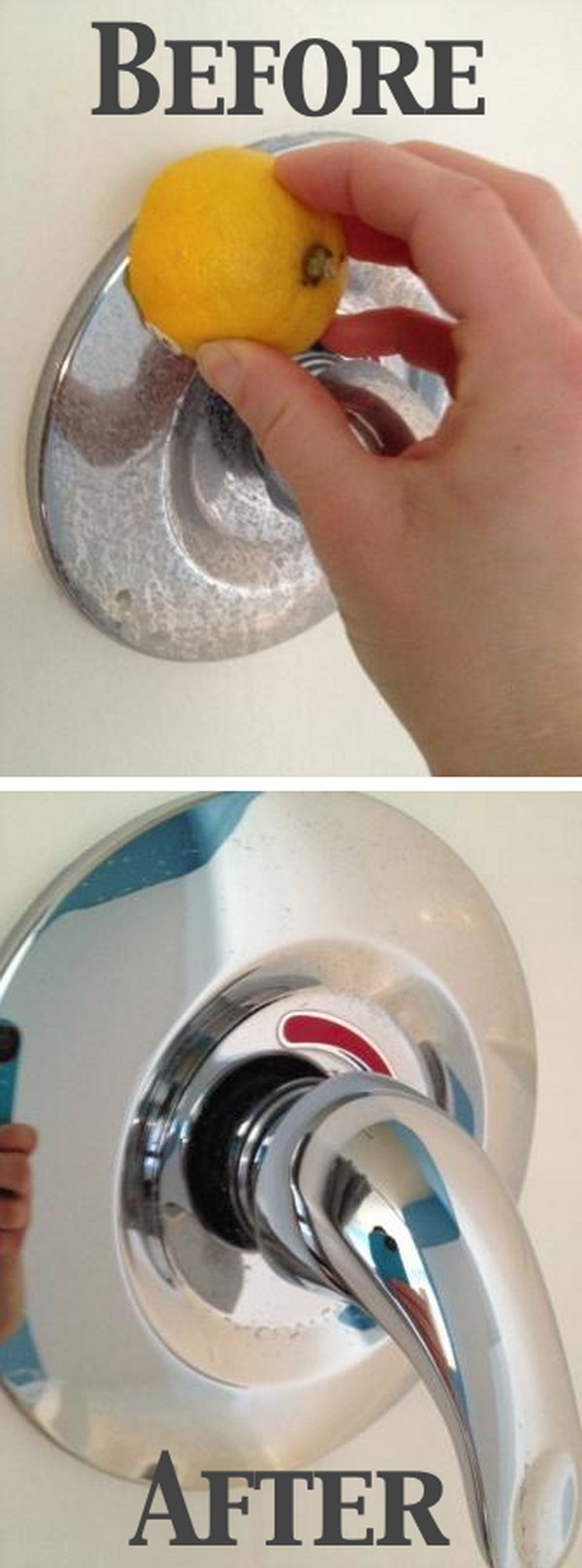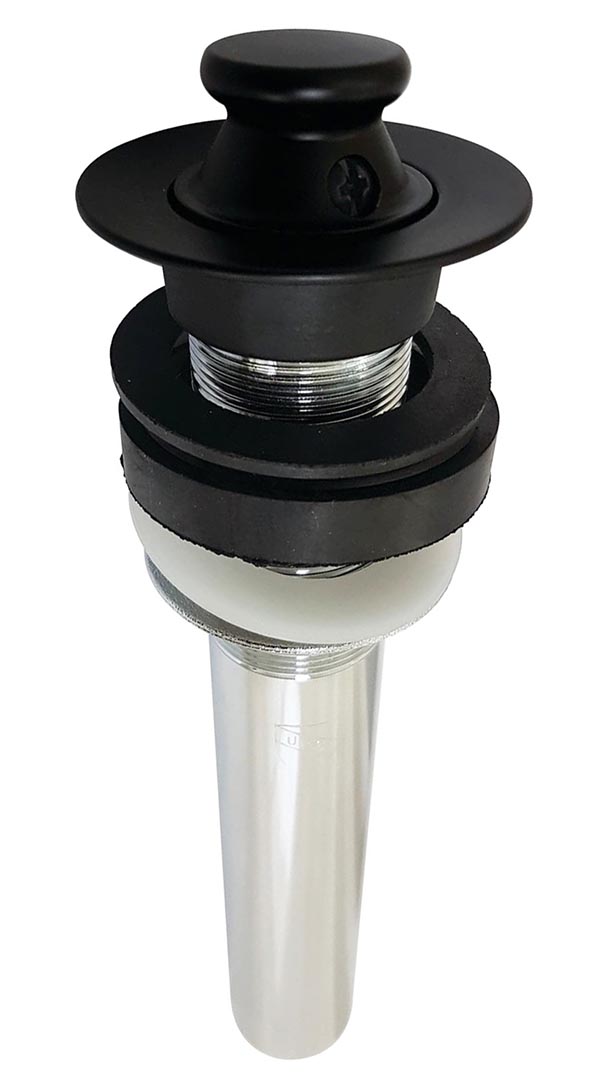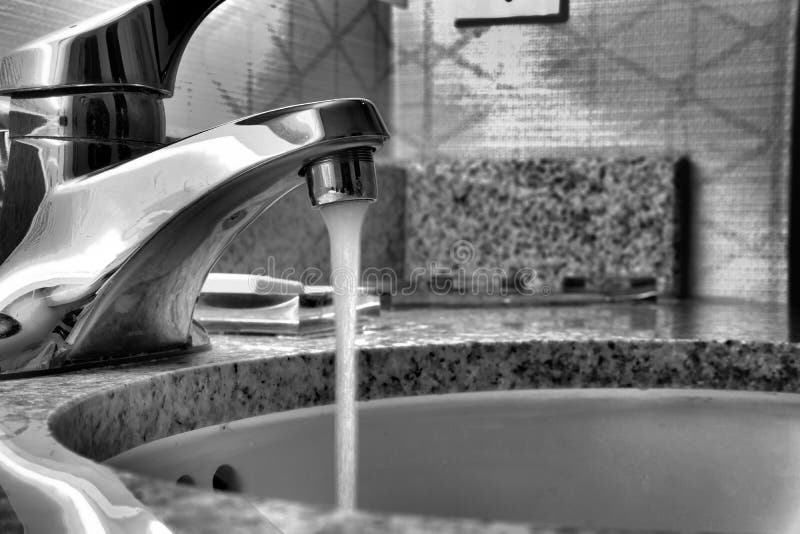If you've ever struggled to turn on or off your bathroom sink faucet, you know how frustrating it can be. Not only is it an annoyance, but it can also lead to bigger problems if left unresolved. Fortunately, a hard to turn bathroom sink faucet can often be fixed with a few simple solutions. In this article, we'll go over some easy ways to troubleshoot and repair your difficult faucet. Fixing a Hard to Turn Bathroom Sink Faucet
The first step to fixing a hard to turn bathroom sink faucet is to identify the cause. There are a few common issues that can lead to a stiff or stuck faucet. One of the most common causes is mineral buildup, which can occur over time and hinder the movement of the faucet handle. Another possible cause is a worn out cartridge, which is the mechanism that controls the flow of water. By pinpointing the root of the problem, you can determine the best course of action to repair your faucet. How to Repair a Hard to Turn Bathroom Sink Faucet
If you suspect mineral buildup is the cause of your hard to turn faucet, start by soaking the faucet in a mixture of equal parts water and white vinegar. Let it sit for a few hours or overnight, then use a toothbrush or small brush to scrub away any residue. Rinse thoroughly and try turning the faucet handle again. If it still feels stiff, try using a lubricant like WD-40 or silicone spray. These can help loosen up any remaining buildup and make the handle easier to turn. Troubleshooting a Stiff Bathroom Sink Faucet
If your faucet is still giving you trouble, it may be time to inspect the cartridge. This is a small mechanism inside the faucet that controls the flow of water. Over time, the cartridge can become worn and hinder the movement of the handle. To replace the cartridge, you will need to first turn off the water supply to the faucet. Then, remove the handle and the cartridge, and replace it with a new one. This should restore smooth movement to your faucet. Easy Solutions for a Difficult to Turn Bathroom Sink Faucet
Besides mineral buildup and a worn out cartridge, there are a few other potential causes of a hard to turn bathroom sink faucet. One possibility is a loose or damaged handle. If the handle is loose, it may need to be tightened or replaced. Similarly, if the handle is cracked or damaged, it will need to be replaced. Another possible cause is a faulty valve or water pressure issue. In these cases, it may be best to call a professional plumber to properly diagnose and fix the problem. Common Causes of a Hard to Turn Bathroom Sink Faucet
If you're in a pinch and need a quick fix for a stuck bathroom sink faucet, there are a few options you can try. One is to use a pair of pliers to grip the faucet handle and turn it with more force. Just be sure to wrap a cloth or rubber band around the handle first to avoid damaging its finish. Another option is to heat the handle with a hairdryer. This can help loosen any buildup or lubricant that may be causing the stiffness. However, these quick fixes are only temporary and should not be relied on for long-term solutions. Quick Fixes for a Stuck Bathroom Sink Faucet
If you're feeling handy and want to try fixing your hard to turn bathroom sink faucet yourself, there are a few things to keep in mind. First, always turn off the water supply before attempting any repairs. Second, make sure you have the right tools for the job. This may include pliers, wrenches, and replacement parts. And finally, don't be afraid to call in a professional if you're unsure of what to do or if the problem seems too complex. Sometimes, it's better to leave it to the experts. DIY Tips for Fixing a Hard to Turn Bathroom Sink Faucet
The best way to deal with a hard to turn bathroom sink faucet is to prevent it from happening in the first place. Regular maintenance is key to avoiding mineral buildup and other common issues. Be sure to clean your faucet regularly with a mild soap and warm water, and use a toothbrush or small brush to remove any buildup. You can also use a faucet aerator to help prevent mineral buildup and improve water pressure. Additionally, be sure to handle the faucet with care and avoid using excessive force when turning the handle. This will help prolong the life of your faucet and prevent future problems. Preventing a Bathroom Sink Faucet from Becoming Hard to Turn
If your faucet is already difficult to turn, lubrication can help make it easier. The best lubricant to use is silicone-based, as it is safe for use on both metal and rubber parts. Simply apply a small amount of lubricant to the handle and any other moving parts, and then try turning the handle again. If the faucet is still stiff, you may need to repeat the process a few times until the movement is smooth. Just be sure to avoid using oil-based lubricants, as they can cause damage to the faucet over time. How to Lubricate a Hard to Turn Bathroom Sink Faucet
If your faucet is still hard to turn after trying other solutions, it may be time to replace the cartridge. This is a relatively simple process that involves turning off the water supply, removing the handle and old cartridge, and installing a new one. Be sure to consult the manufacturer's instructions for your specific faucet model, as the process may vary slightly. Once the new cartridge is installed, turn the water supply back on and test the faucet to ensure it is working properly. Dealing with a hard to turn bathroom sink faucet can be frustrating, but with these tips and solutions, you can get it working smoothly again in no time. Remember to regularly maintain your faucet to prevent future issues, and don't hesitate to call a professional if you're unsure of how to fix the problem. With the right care and attention, your bathroom sink faucet can continue to function properly for years to come. Replacing a Worn Out Cartridge to Fix a Hard to Turn Bathroom Sink Faucet
The Importance of Easy-to-Turn Bathroom Sink Faucets in House Design

Why is it important to have a bathroom sink faucet that is easy to turn?
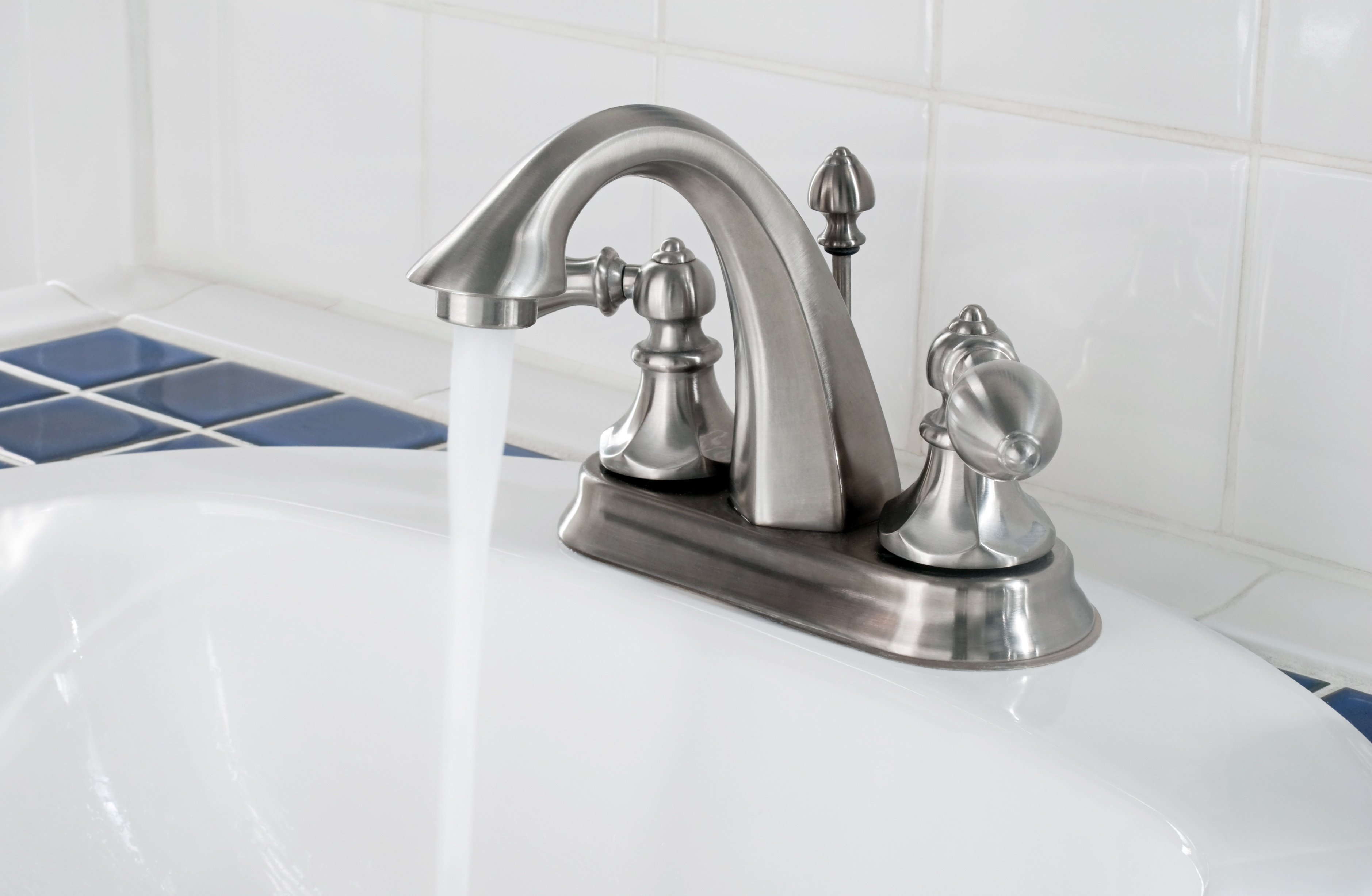 When designing a house, it's easy to get caught up in choosing the right color scheme or the perfect furniture. However, it's important not to overlook the functionality of everyday items, such as the bathroom sink faucet. This seemingly small detail can have a big impact on the overall design and usability of your bathroom.
Having a
hard-to-turn
bathroom sink faucet
can be frustrating and inconvenient for anyone using the sink. It can be especially challenging for children, elderly individuals, or people with disabilities. This can lead to a negative experience and potentially discourage them from using the sink altogether.
When designing a house, it's easy to get caught up in choosing the right color scheme or the perfect furniture. However, it's important not to overlook the functionality of everyday items, such as the bathroom sink faucet. This seemingly small detail can have a big impact on the overall design and usability of your bathroom.
Having a
hard-to-turn
bathroom sink faucet
can be frustrating and inconvenient for anyone using the sink. It can be especially challenging for children, elderly individuals, or people with disabilities. This can lead to a negative experience and potentially discourage them from using the sink altogether.
How can an easy-to-turn bathroom sink faucet enhance the design of your house?
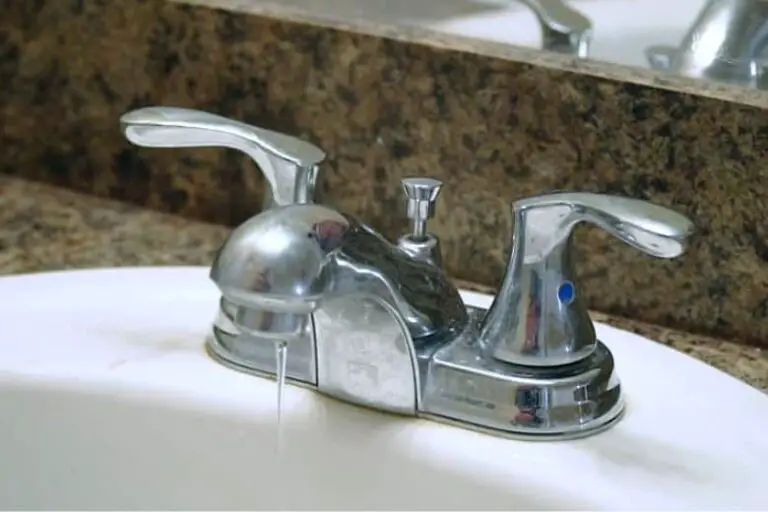 An
easy-to-turn
bathroom sink faucet
not only improves the functionality of your bathroom, but it can also enhance the overall design of your house. A sleek, modern faucet can add a touch of elegance to your bathroom, while a vintage or rustic faucet can add character and charm.
In addition,
easy-to-turn
bathroom sink faucets
come in a variety of styles, finishes, and colors, allowing you to choose one that complements the rest of your bathroom design. This attention to detail can tie the entire room together and create a cohesive look.
An
easy-to-turn
bathroom sink faucet
not only improves the functionality of your bathroom, but it can also enhance the overall design of your house. A sleek, modern faucet can add a touch of elegance to your bathroom, while a vintage or rustic faucet can add character and charm.
In addition,
easy-to-turn
bathroom sink faucets
come in a variety of styles, finishes, and colors, allowing you to choose one that complements the rest of your bathroom design. This attention to detail can tie the entire room together and create a cohesive look.
How to choose the right bathroom sink faucet for your house?
 When selecting a
bathroom sink faucet
, it's important to consider the
ease of use
as well as the design. Look for faucets with
ergonomic handles
, as they are easier to grip and turn. You can also opt for
motion-sensor faucets
that eliminate the need for handles altogether.
Additionally, make sure to choose a faucet with a
quality mechanism
to ensure smooth and effortless operation. This will not only make your life easier but also save you from future repairs or replacements.
In conclusion, having an
easy-to-turn
bathroom sink faucet
is crucial in house design. It not only enhances the functionality of your bathroom but also adds to the overall aesthetic appeal. Consider investing in a quality faucet that is both easy to use and complements your bathroom design for a seamless and enjoyable experience.
When selecting a
bathroom sink faucet
, it's important to consider the
ease of use
as well as the design. Look for faucets with
ergonomic handles
, as they are easier to grip and turn. You can also opt for
motion-sensor faucets
that eliminate the need for handles altogether.
Additionally, make sure to choose a faucet with a
quality mechanism
to ensure smooth and effortless operation. This will not only make your life easier but also save you from future repairs or replacements.
In conclusion, having an
easy-to-turn
bathroom sink faucet
is crucial in house design. It not only enhances the functionality of your bathroom but also adds to the overall aesthetic appeal. Consider investing in a quality faucet that is both easy to use and complements your bathroom design for a seamless and enjoyable experience.











